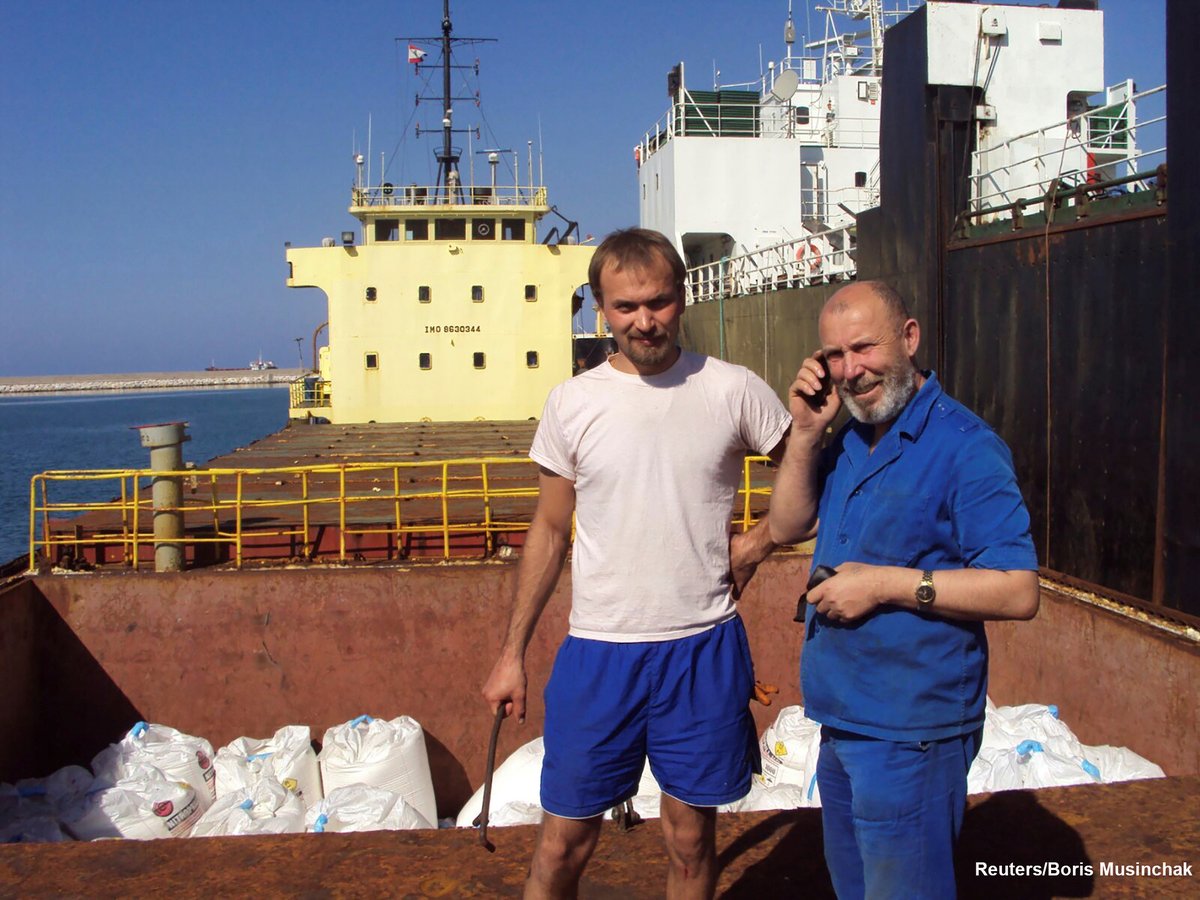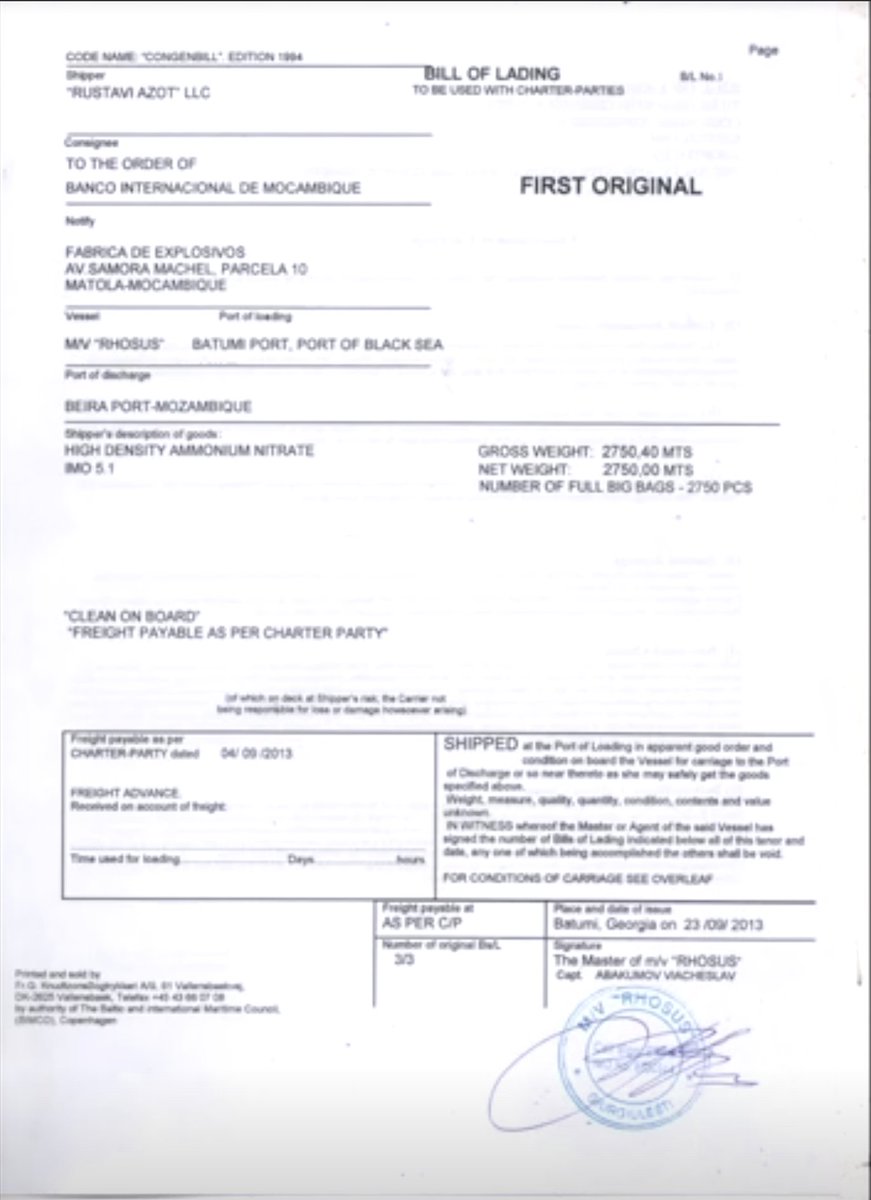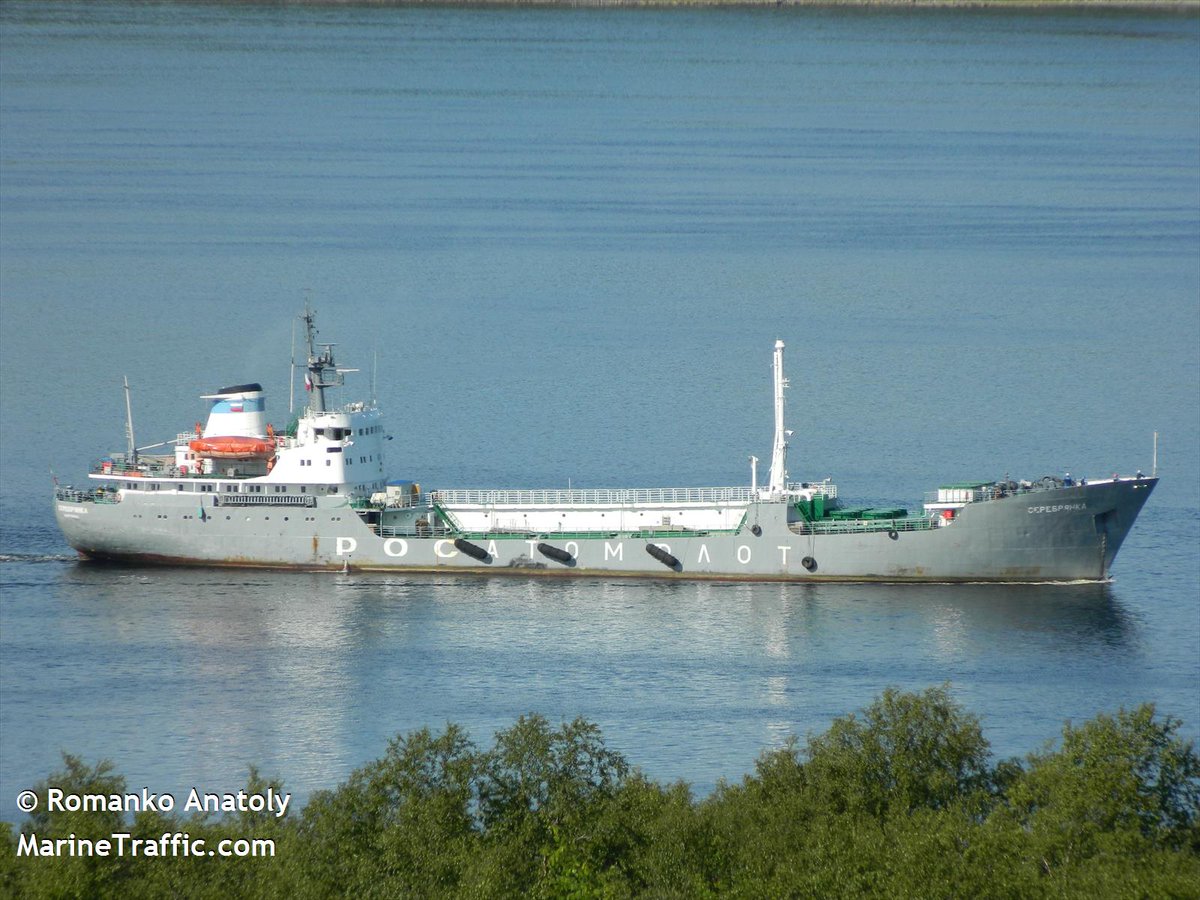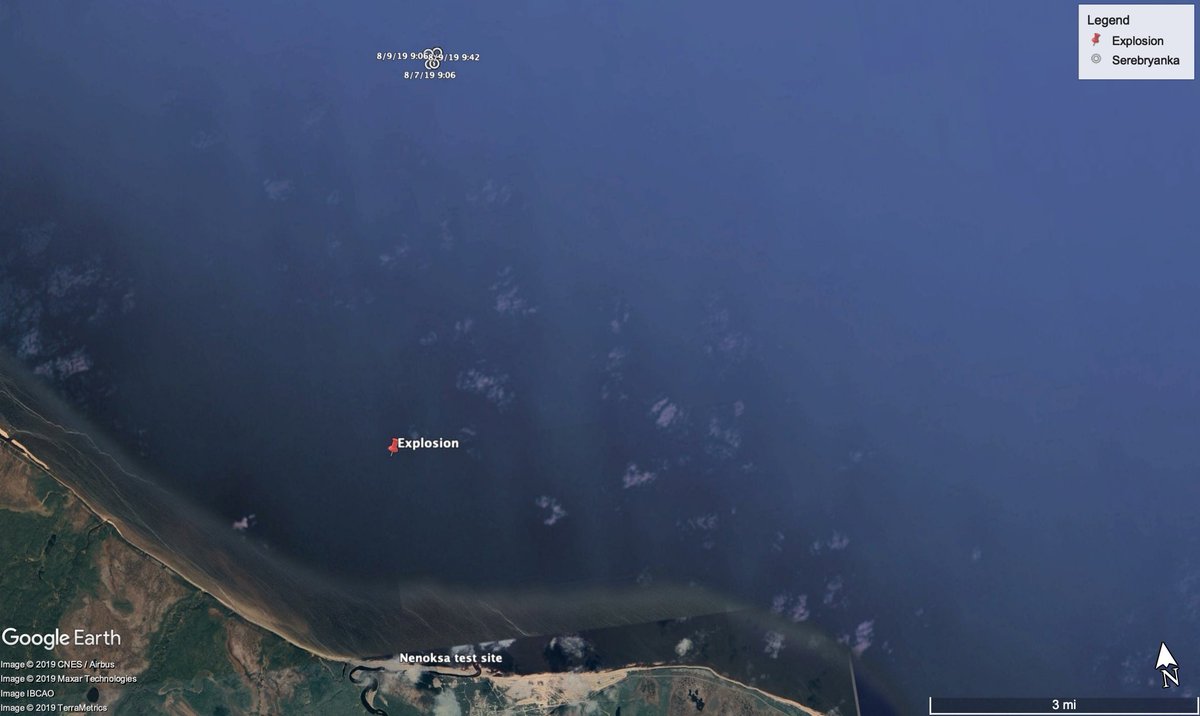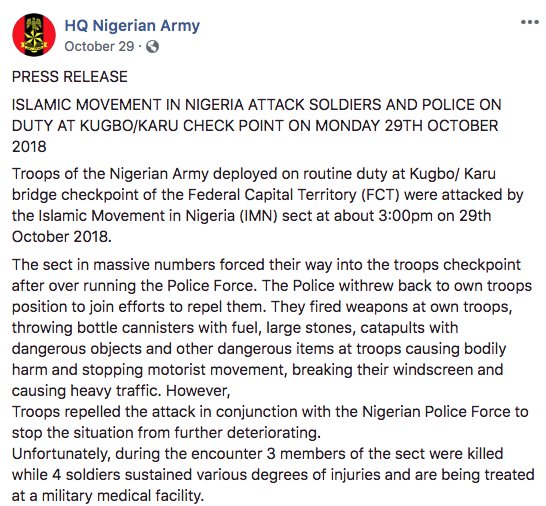
@nytimes Visual Investigations journalist, with a weakness for satellite images. Austrian in NYC.
3 subscribers
How to get URL link on X (Twitter) App


 One of my favorite images: An Amazon Prime cargo plane passes the balloon over South Dakota on the morning of Feb 2
One of my favorite images: An Amazon Prime cargo plane passes the balloon over South Dakota on the morning of Feb 2 





 Here's the ship in 2014 at the docks. The captain is in front of ammonium nitrate bags, which match the ones in the warehouse that blew up. Photos from @DimaSadek also show the Georgian company Rustavi Azot, listed as the shipper in documents from 2013
Here's the ship in 2014 at the docks. The captain is in front of ammonium nitrate bags, which match the ones in the warehouse that blew up. Photos from @DimaSadek also show the Georgian company Rustavi Azot, listed as the shipper in documents from 2013https://twitter.com/DimaSadek/status/1291486030458224640
